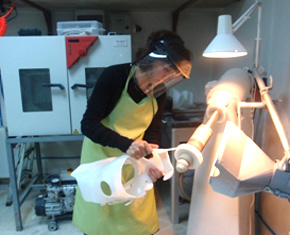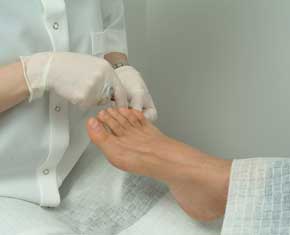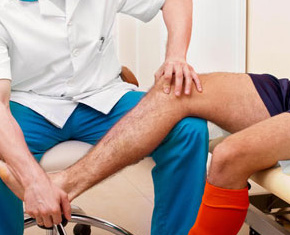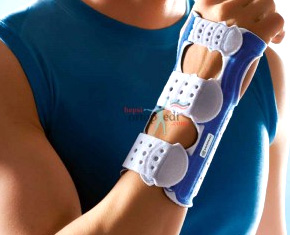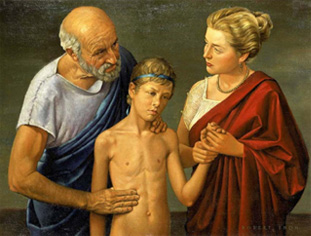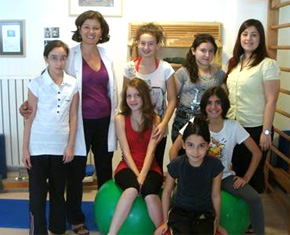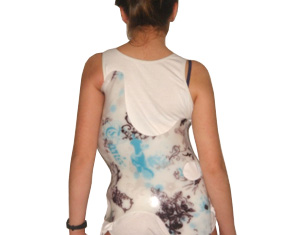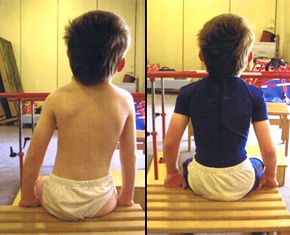What Are the Symptoms of Scoliosis?
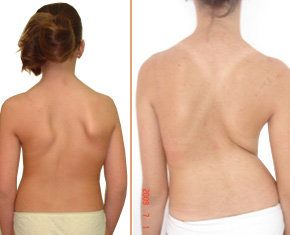
The typical signs of scoliosis include visual features such as one shoulder being higher than the other, the hip being slanted to a side or higher on one side, or an unlevel scapula.
A healthy observation that parents should perform regularly is to have the child bend over with a bare back and to check if the spine lays on a straight line. Should there be a case of scoliosis, a bump on either side of the spine or the lower back (named gibus or rib hump) would be observed on a check like this. However, this bump can be overlooked in overweight children or cases with a balanced curvature. For a more detailed analysis, the families are advised to consult a physician.
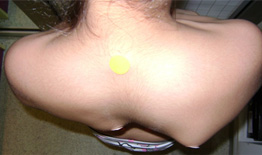
A definitive diagnosis is possible after viewing spinal graphs. The spine's curve is measured by the angle (the Cobb angle) it has deviated from the straight line. Curvatures higher than 25 degrees in growing children are progressive, and need careful monitoring as well as brace treatment.
The diagnosis can be determined after a specialized physician examines the child. An important sign is the bump that the higher ribs on either side of the spine create when the child bends forward.
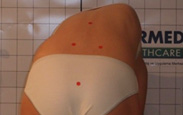
In order to diagnose the case exactly, the physician may need to measure the unbalanced spine using a water level. This spinal asymmetry is measured by a scoliometer, and a graph might be needed for affirmation for deviations higher than 5 degrees. Graphs taken standing are needed to determine exactly the scoliosis' location, angle and risk.
The most important aspect in scoliosis treatment is early diagnosis. The deformation diagnosed in early stages and low angles can be treated by bracing and chances of surgical operation decrease.
| Author : |
Prof. Dr. Hürriyet YILMAZ |
/ Insert Date : |
12.09.2013 |



